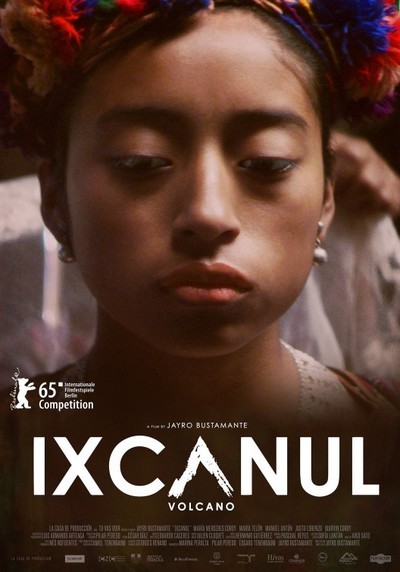Black behind the ears is an advanced historical and ethnographic examination of Dominican identity development in the Dominican Republic and the United States. For what seems like an eternity, the whole nationality of Dominican Republic defined themselves as “not black”. Ginette E. B. Candelario uses variety of historical writings as well as statistical data and ethnographic research to study the construction of Dominican identity. This book displays the ways in which Dominicans have negotiated their identity to break the social and symbolic orders.
Candelario derives wide range of sources, from the historical to the institutional and ethnographic. She concentrates her examination within four specific ranges of what she terms “identity displays”: travel narratives, the museum, the beauty shop, and the female body. Furthermore, she also focuses on the cities in the United States that have a high number of Dominicans. According to Candelario these geographic sites are uniquely related to the larger Dominican population, however also reflecting the boarder issues that are displayed by Dominican identity. The travel narratives from the Dominican Republic and Dominican travelers draw on uncertain displays of relationship to blackness to locate Dominicans in local establishments.
In addition theses travel writings have had ethnographic purposes historically similar to those of metropolitan museums. It was meant to offer a foreign perspective to other audience in cities. Candelario similarly uses hair texture as a way to describe racial perception in everyday life in Dominican Republic and argues that hair is the most important aspect that she focused on this book. Since hair was the emphasis on indigeneity as the basis for Dominican identity.
Black behind the ears relates to our course material because it displays diversity of Dominican ethnic and racial identities, particularly the struggle of their social along with national identification developed in response to pressure from the upper class privileged group. Candelario’s method of developing relationship with Dominican women and Dominican salon demonstrates a sense of community that everyone can count on each other. That there is still is strong dislike for “blackness” and Candelario’s focus on hair which is the most powerful symbol of individual and group identity. I enjoyed the book overall because it provided with excellent examples of people’s account and their stories. Especially the authors experience with assimilation into different part of the communities. The part that I did not enjoy as much would be just how dense the book was. The information could have been more short and concise so the reader would not get bored of reading so much material.

